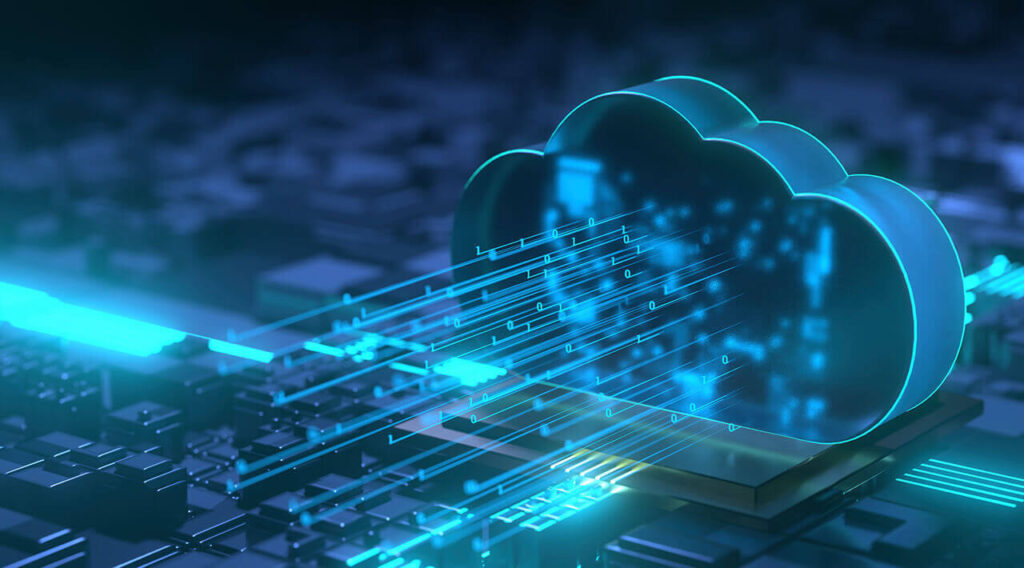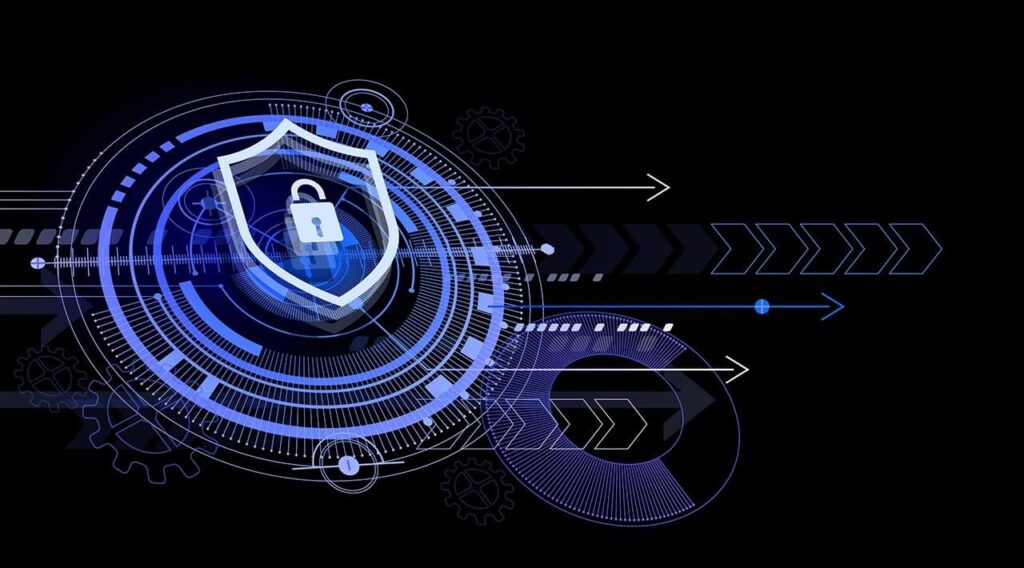Let’s talk about Data Security
The pandemic gave rise to what could be called a quantic leap in terms of business digitalization.
E-commerce expansion and primarily remote work adopted by a majority of companies forced them to enhance network services without appropriate infrastructure and security levels.
The agility in responding to these emergencies and avoiding revenue losses due to factors beyond your control come at a price; companies have become more vulnerable to cyberattacks, which compromise security, confidentiality, and integrity of stored data.
To give you an idea, one out of four Brazilian companies were hit by cyberattacks in the past 12 months. And two types are becoming more popular among them; Ransomware and DDoS attacks. And they are certainly positioned to continue as the largest cyberattacks in 2022, primarily for telcos, since this sector was a top target last year.
In general, ransomware attacks use cryptography as the main source to disrupt customer operations, causing invaluable damages. Cybercriminals use these attacks to extort their victims, who must pay a ransom in order to retrieve access to their data and systems, as it has been clearly reported by the media.
In the other attack type, i.e., DDoS, accesses are flooded with unwanted traffic, preventing customers and employees from appropriate access to their services. RansomDDoS (RDDoS) are currently a profitable modality where ransom is collected to interrupt an attack.
How to assure Data Security
To protect themselves from this new scenario, companies need to invest in Connected Security, this resource enables threat mitigation through a continuous monitoring cycle, which includes the following steps:
Foresee –> Machine Learning platforms are able to analyze attack behavior, as they perform system defense. Thus, they can anticipate when the next attacks will take place to mitigate them before they become a real threat. Prevention, primarily Ransomware goes beyond technical matters, involving awareness and ongoing training of employees as well, to prevent access doors for social engineering activities.
Detect –> DDoS attack detection is given by continuous monitoring, and it happens when traffic and network access requests that may change behaviors and legitimate traffic volumes are analyzed. For Ransomware attacks there is continuous network monitoring correlating systems alerts, applications, and security infrastructure. This allows Incident Response Teams’ reaction, providing tool support to limit lateral movement, scaling privileges, and ultimately encryption, the last borders for the protection of data and applications.
Prevent –> To increase your systems protection network a robust infrastructure -capable to avoid a higher number of incidents per cyberattack- is required. The prevention chain must encompass all access means, from user to public or private network infrastructure to Data Center or Cloud.
Respond –> Time is the second biggest risk in an incident response. Response to an invasion must be quick, using monitoring and detection systems resources, as mentioned above. An in-depth incident analysis in tandem with external factors correlation, threat control centers information, and global alerts, in addition to knowledge basis are key for a successful attack containment. Having solid documentation in place and deep infrastructure knowledge is another success factor.
Data must be protected
Even though many companies are still getting used to cope with the challenges of the so called 4th Industrial Revolution, investing and assuring security of their data is no longer a matter of avoiding financial losses, which by the way can be calculated here before they happen.
We emphasize by saying that with the General Data Protection Regulation (GDPR) in force, protecting that information becomes a matter of survival in legal terms. Therefore, when it comes to infrastructure do not be afraid to invest to protect your data and your customers’. Long-term benefits and peace of mind for your company are always worth the cost and effort.

Walter Rodrigues
Cybersecurity & SD-WAN Sales Specialist,
Lumen Brazil
Expert in new cybersecurity businesses and SD-WAN, with more than 30 years in the IT and Telecommunications sector.










